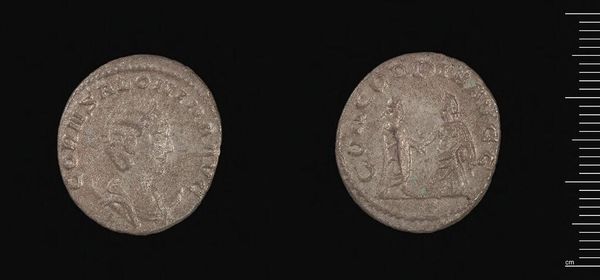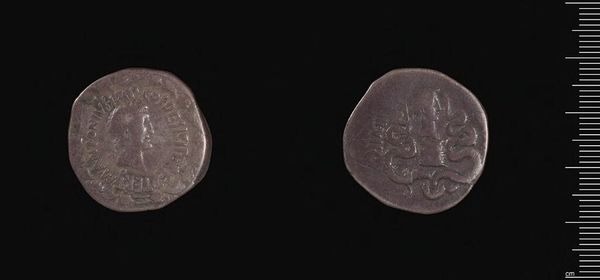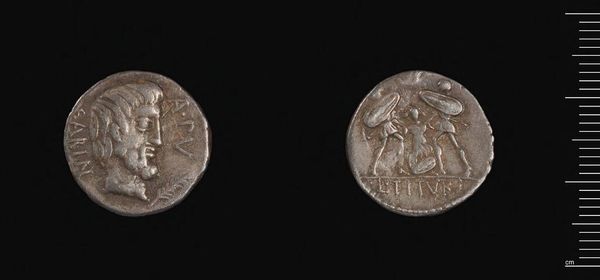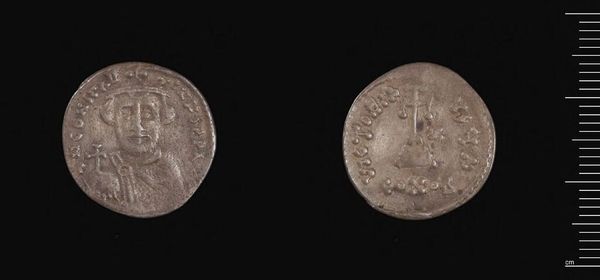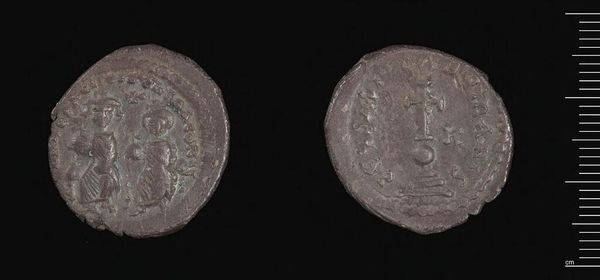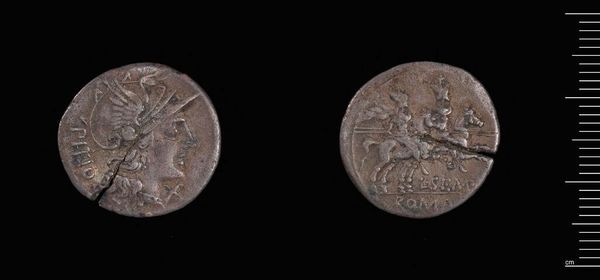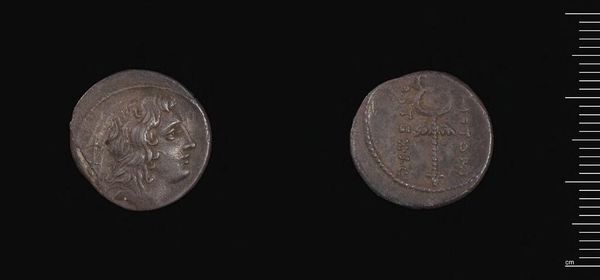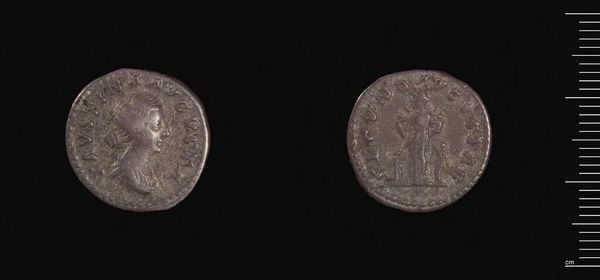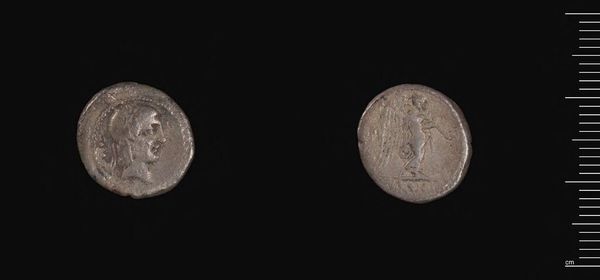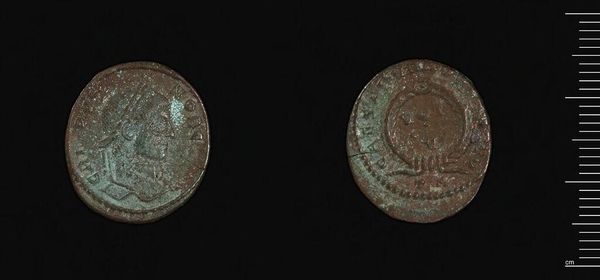
Dimensions: 1.49 g
Copyright: CC0 1.0
Curator: Here we have a Siliqua of Theodosius II, Constantinople. It’s striking, isn't it? My immediate reaction is how small and worn it appears. It feels so tactile, like it holds a story. Editor: Indeed, and that story is rooted in the politics of the 5th century. Theodosius II ruled over a shifting landscape of power. This coin, a tangible piece of his reign, speaks volumes about the exercise of authority and how rulers project their image. Curator: I’m drawn to the figure on the obverse. The diadem, the drapery… these are potent symbols of imperial authority, meant to convey legitimacy and divine right. Editor: Absolutely. And consider the reverse, with its inscription within a wreath. The wreath, an enduring symbol of victory and honor. Each element serves as a visual language reinforcing the Emperor’s power, both to his subjects and to posterity. Curator: Considering its age, what I find most intriguing is how this tiny object once held immense symbolic and economic weight. It reminds us how deeply intertwined identity and material culture can be. Editor: Precisely. It's a fascinating lens through which to consider the construction and perpetuation of power, and how symbols persist, evolving in meaning across the ages.
Comments
No comments
Be the first to comment and join the conversation on the ultimate creative platform.


